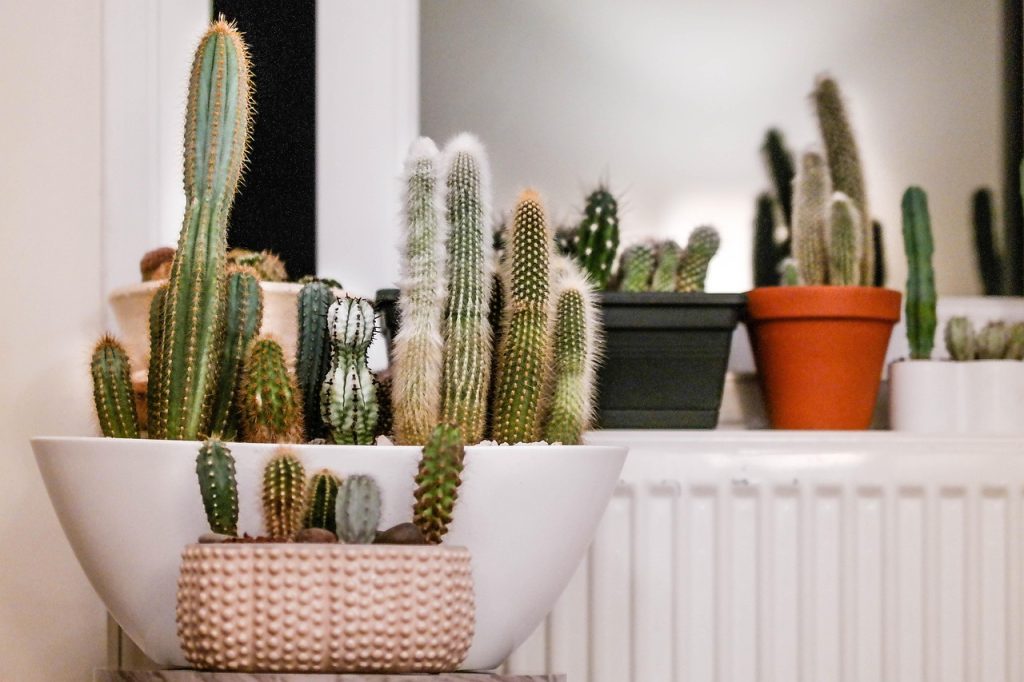In recent years, balcony gardening has emerged as a popular trend among urban dwellers looking to transform their limited outdoor spaces into lush, green sanctuaries. As cities grow denser and access to traditional gardens becomes limited, many people are finding innovative ways to cultivate their own patches of nature. Whether you’re hoping to grow a few herbs or create a vibrant mini-garden, balcony gardening offers endless possibilities for creativity and relaxation.
Understanding the Basics of Balcony Gardening
Balcony gardening involves growing plants in containers or pots on your balcony, making the most of the space available. It allows individuals to enjoy the benefits of gardening without needing a large yard. This practice not only enhances the aesthetic appeal of your living space but also provides fresh produce and a personal retreat.

Key Considerations for Balcony Gardeners
Before diving into balcony gardening, it’s crucial to evaluate your available space and environmental conditions. Consider the size of your balcony, sunlight availability, and your building’s regulations. Understanding these factors will help you choose suitable plants and design your garden effectively.
Choosing the Right Plants for Your Balcony
Choosing the right plants is essential for a thriving balcony garden. You’ll want to select plants that are well-suited to your specific environment and gardening goals. Begin by assessing the amount of sunlight your balcony receives throughout the day, as this will influence your plant selection.
Sunlight and Plant Selection
If your balcony gets ample sunlight, consider sun-loving plants such as tomatoes, peppers, and various herbs like rosemary and basil. For shaded balconies, opt for shade-tolerant plants like ferns, hostas, or begonias.
Space-Saving Plant Varieties
Space is often limited on balconies, so choosing compact or vertical-growing plants can maximize your garden’s potential. Consider using hanging baskets for trailing plants or vertical planters for herbs and small vegetables.
Creating Ideal Growing Conditions
To ensure your balcony garden flourishes, it’s vital to create optimal growing conditions. This involves selecting the right containers, soil, and watering regime.
Choosing Containers
Containers come in various shapes, sizes, and materials. Ensure your pots have adequate drainage holes to prevent waterlogging and root rot. Materials like terracotta, plastic, and metal each have their advantages; choose based on durability, weight, and aesthetic preference.
Soil and Fertilization
Opt for a high-quality potting mix that retains moisture while providing good drainage. Regularly incorporate organic fertilizers or compost to replenish nutrients and promote healthy plant growth.
Watering Techniques
Balcony plants often require more frequent watering than those in the ground due to increased exposure to wind and sun. Adopt a consistent watering schedule, ensuring that soil remains moist but not waterlogged.
Seasonal Care for Balcony Gardens
Seasonal changes present unique challenges and opportunities for balcony gardeners. Understanding how to adapt your care routine throughout the year ensures that your plants continue to thrive.

Spring and Summer Care
During the growing season, focus on regular watering, fertilization, and pest control. Consider planting new seeds or seedlings in spring to take advantage of the warm weather.
Autumn and Winter Care
As temperatures drop, some plants may require protection from frost. Consider using frost covers or moving sensitive plants indoors. Reduce watering and fertilization during the dormant months to prevent overwatering and nutrient burn.
Common Challenges and Solutions
Balcony gardening comes with its own set of challenges, from pest infestations to space constraints. However, with some proactive strategies, most issues can be effectively managed.
Dealing with Pests
Common balcony garden pests include aphids, spider mites, and whiteflies. Employ natural pest control methods such as neem oil or introducing beneficial insects like ladybugs to keep these invaders at bay.
Overcoming Space Limitations
To combat space issues, use vertical gardening techniques and stagger planting times for different crops. This approach maximizes your available space and extends your harvest period.
Real-Life Uses and Benefits of Balcony Gardens
Beyond enhancing the visual appeal of your home, balcony gardens offer numerous practical benefits. They provide fresh herbs and vegetables, improve air quality, and offer stress relief through the calming effects of nature.
Fresh Produce at Your Fingertips
Growing your own herbs and vegetables means you always have fresh ingredients on hand, reducing the need for store-bought options and enhancing your culinary creations.
Environmental Benefits
Plants help filter pollutants from the air, contributing to a healthier living environment. Additionally, balcony gardens support local biodiversity by providing habitats for pollinators like bees and butterflies.
Emotional and Psychological Well-being
Gardening is known for its therapeutic benefits, helping to reduce stress and improve mood. A balcony garden provides a peaceful retreat where you can unwind and connect with nature.

Frequently Asked Questions about Balcony Gardening
Herbs like mint, basil, and parsley are great for beginners due to their resilience and low maintenance requirements.
Use windbreaks or move plants indoors during storms. For frost protection, consider using covers or relocating sensitive plants.
Yes, you can grow compact vegetables such as cherry tomatoes, peppers, or salad greens using vertical gardening techniques to save space.
Regularly check for pests, water consistently, and provide the right nutrients. Adjust care routines seasonally to meet your plants’ changing needs.